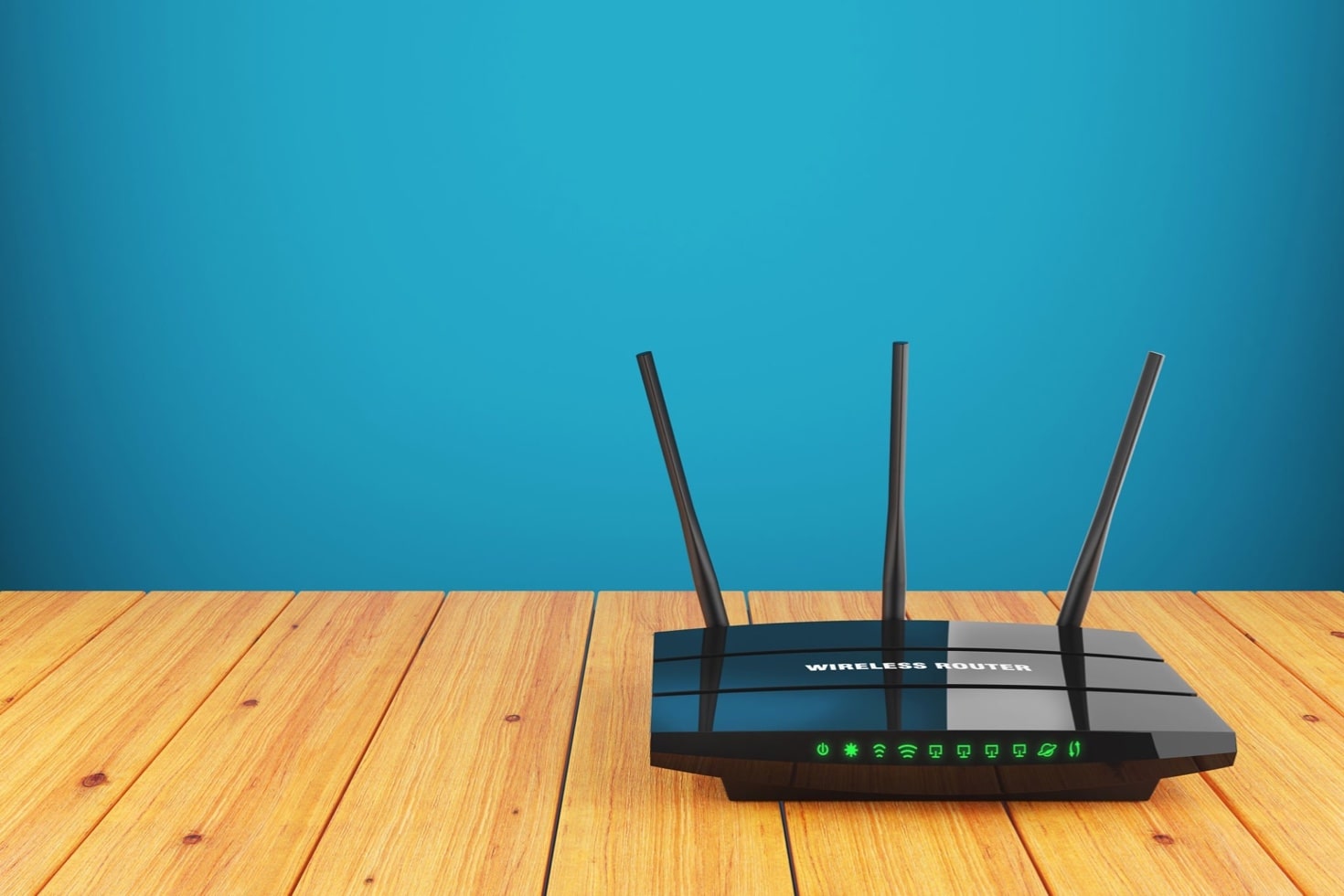Shopping is fun. But not when it comes to buying a wireless router.
We all know that routers are essential to have fast internet, but everything relating to them is filled with tech jargon, acronyms, standards, and sci-fi words.
It’s easier to accept whatever your internet service provider suggests and go with it. But if you go down that route, you will overpay and not get the ideal magic internet box.
Here are some tips and suggestions on what makes a good wireless router and how to choose one.
What speed do you want?
Before going router shopping, you must decide about your internet speed. That’s measured in megabits per second (Mbps). The global standard is 34 Mbps upload speed and 79 Mbps download speed. The latter is more important because it’s responsible for watching videos, scrolling through reels, and streaming movies.
The internet service provider is responsible for providing you with a download and upload range. Usually, they’ll claim 30 Mbps upload and 100 Mbps download speed as maximums. But the tricky part they never mention is that the total speed divides across all devices.
To see your current conditions, perform a speed test and see the numbers that come up. When negotiating a new deal with your ISP, you’ll have to calculate your future usage.
For example, if you live alone and use only one to two devices simultaneously, you can go with 50 or 100 Mbps max.
But if you’re a family of 4 living in a house, and you’re all streaming videos or movies in 4K quality, you probably need close to 300 Mbps.
Check your speed, router, and talk to your internet service provider before you buy a new device. You might notice that your current router can support 300 Mbps, but your internet plan maxes out at 100 Mbps. When you change your plan and renegotiate a deal, you can fix the problem without going through the headache of learning about internet protocols.
What router do you want?

Now here comes the fun part. If you need a new router, you have to pick between a single device or a mesh system. The choice depends on your home size.
Single routers are the best option for most people. It’s a small box that stays in the center of your apartment, and the signal weakens the further you are from it. The signal will decrease
faster if you’ve got thick insulation or walls. A single router is great if you live in a small apartment.
Mesh systems should be your go-to choice if you live in a house or want a strong signal in the garden. They are also more reliable and have a central hub, just like a single router, but they come with nodes to place around the home.
Your phone will connect to the nearest node and the central hub. But this comes at a cost. Every node must be plugged into a power outlet, and the solution is more expensive.
What kinds of alternatives exist?
Before Wi-Fi, there were Ethernet cables. You plug in the cable in your computer, and you surf with lightning speed. If your device has an Ethernet port, try running a cable and see the difference. It’s more stable, more secure, and boosts your browsing speed.
If the Ethernet cable doesn’t solve the problem, you’re probably a victim of bandwidth throttling. Internet service providers can purposefully limit your bandwidth if you’re using too much data. That usually happens if you stream loads of movies in 4K quality or download too many large files when the network is overloaded. If you notice that your speed drops at certain times of the day, it’s bandwidth throttling.
Using a virtual private network is the easiest way to go around bandwidth throttling. A VPN router encapsulates all your devices and changes the IP address. Now, the ISP can’t track what you’re doing online, and your speed gets a boost. Plus, it enhances your digital security by encrypting data.
What’s your internet service provider?
Internet service providers will try to talk you out of getting a new router. That’s because they want to send you a router and a modem. Usually, both combine in one device. The router connects to the modem, and the modem connects to the internet. Through them, all IoT devices go online. But here’s the tricky part. The internet service provider will charge you a rental fee for using their equipment. And it will not be the best equipment for you.
You’ll get a better deal if you go the solo route. You’ll have faster internet, extra features, guest WiFi, easier configuration, and better coverage. However, you need to check with your ISP before doing so and return their equipment to avoid fees.
Related Posts:
- Top WiFi Security Threats & How To Secure Yourself
- Robust Home Phone Service with Zero Downtime
- 10 tips for staying safe online – Internet safety tips
- Network Security Audits: Assessing & Improving Your Website’s Safety
- How Technology Can Help People with Disabilities Use the Internet
- How to Stay Anonymous on the Internet – VPN is not the only Solution
- How to find & trace an IP address of a fake Facebook account?
- How to Trace Facebook User’s Location using IP Address & User-Agent
- 10 Real-life situations when you need a VPN
